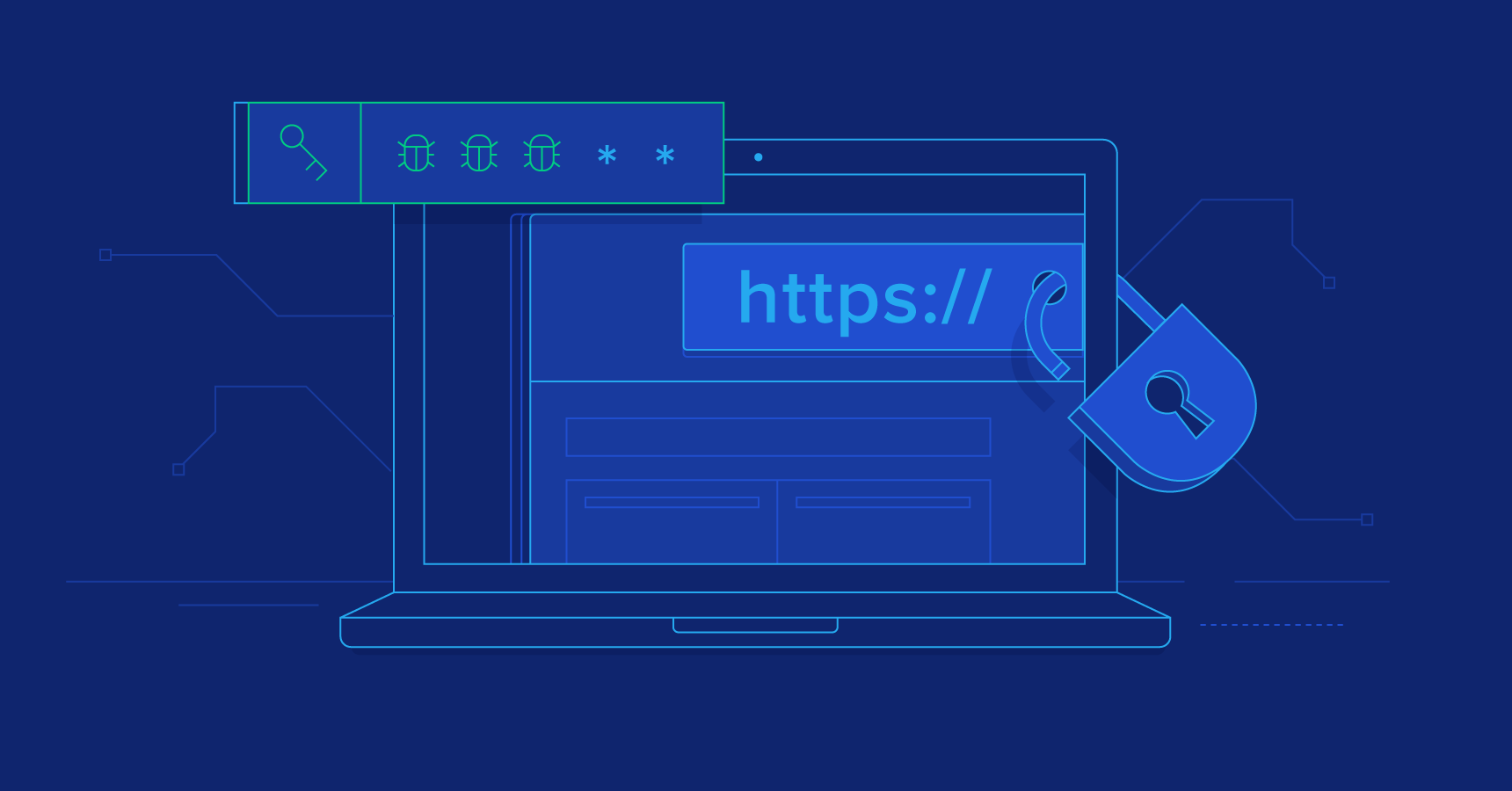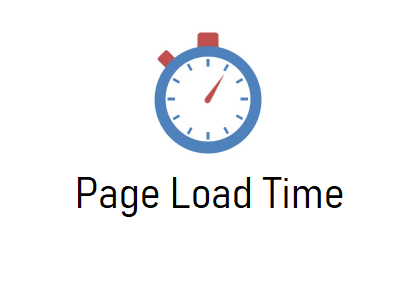In the digital age, the web has become an integral part of our lives, connecting us to information, services, and each other. However, with this connectivity comes the challenge of securing our online experiences. This article delves into the world of common web vulnerabilities, shedding light on the threats that lurk beneath the surface of seemingly innocuous websites and applications.
1. Injection Attacks:
SQL Injection (SQLi): Attackers insert malicious SQL queries into input fields, manipulating database operations.
Vulnerable Code:
$query = "SELECT * FROM users WHERE username = '" . $_POST['username'] . "' AND password = '" . $_POST['password'] . "'";
Secure Code:
- Use parameterized queries or prepared statements.
- Validate and sanitize user inputs.
$stmt = $pdo->prepare("SELECT * FROM users WHERE username = :username AND password = :password");
$stmt->bindParam(':username', $_POST['username']);
$stmt->bindParam(':password', $_POST['password']);
$stmt->execute();
Cross-site Scripting (XSS): Malicious scripts are injected into web pages and executed in the context of the user’s browser.
Vulnerable Code:
<input type="text" name="search" value="<?php echo $_GET['search']; ?>">
Secure Code:
- Encode user inputs before rendering them in HTML.
- Use Content Security Policy (CSP) headers to control script execution.
<input type="text" name="search" value="<?php echo htmlspecialchars($_GET['search']); ?>">
2. Cross-Site Request Forgery (CSRF):
Unauthorized commands are transmitted from a user the web application trusts.
Vulnerable Code:
<form action="transfer.php" method="post">
<input type="hidden" name="amount" value="1000">
<input type="submit" value="Submit">
</form>
Secure Code:
- Use anti-CSRF tokens in forms.
- Validate and compare the origin of the request.
- Implement the SameSite attribute for cookies.
<form action="transfer.php" method="post">
<input type="hidden" name="csrf_token" value="<?php echo generateCSRFToken(); ?>">
<input type="hidden" name="amount" value="1000">
<input type="submit" value="Submit">
</form>
3. Cross-Site Script Inclusion (XSSI):
Including external scripts on a web page, potentially leading to information disclosure.
Vulnerable Code:var userData = <?php echo json_encode($_SESSION[‘user’]); ?>;
Secure Code:
- Avoid directly embedding user data in scripts.
- Implement proper server-side validation and encoding.
var userData = <?php echo json_encode(htmlspecialchars($_SESSION['user'])); ?>;
4. Security Misconfigurations:
Improperly configured security settings, default credentials, or unnecessary services can expose vulnerabilities.
Vulnerable Code:
<script src="/admin-dashboard.js"></script>
Secure Code:
- Change default credentials and avoid exposing sensitive scripts.
- Disable unnecessary services and features.
5. Broken Authentication and Session Management:
Weaknesses in user authentication and session management can lead to unauthorized access.
Vulnerable Code:
session_start();
$_SESSION['user_id'] = $_GET['user_id'];
Secure Code:
- Use secure session management techniques.
- Implement strong password policies.
- Enforce multi-factor authentication.
6. Insecure Direct Object References (IDOR):
Exploiting access controls to manipulate and access unauthorized data.
Vulnerable Code:
$user_id = $_GET['user_id'];
$query = "SELECT * FROM users WHERE id = $user_id";
Secure Code:
- Use proper access controls.
- Avoid exposing sensitive information in URLs.
- Implement proper authorization checks.
7. Security Headers:
Missing or misconfigured security headers (e.g., Content Security Policy, Strict-Transport-Security) can expose the application to various attacks.
Vulnerable Code:
<meta http-equiv="Content-Security-Policy" content="default-src 'self';">
Secure Code:
- Set strong Content Security Policy (CSP) headers.
- Implement Strict-Transport-Security (HSTS) to ensure secure connections.
- Use X-Content-Type-Options to prevent MIME type sniffing.
8. XML External Entity (XXE) Injection:
Exploiting XML processors that parse XML input with external entity references, leading to disclosure of internal files and information.
Vulnerable Code:
<!DOCTYPE foo [<!ENTITY xxe SYSTEM "file:///etc/passwd">]>
<root>
<name>&xxe;</name>
</root>
Secure Code:
- Disable external entity expansion in XML parsers.
- Use a whitelist of allowed XML entities.
9. Unvalidated Redirects and Forwards:
Redirects or forwards that are not properly validated can be abused for phishing attacks.
Vulnerable Code:
$redirect_url = $_GET['redirect_url'];
header("Location: " . $redirect_url);
Secure Code:
- Avoid using user-input data for constructing redirect URLs.
- Validate and sanitize redirect URLs.
- Implement a list of allowed redirect destinations.
10. File Upload Vulnerabilities:
Insufficient validation of file uploads can lead to arbitrary code execution or unauthorized access.
Vulnerable Code:
$allowed_extensions = ['jpg', 'png', 'gif'];
$uploaded_file_extension = pathinfo($_FILES['file']['name'], PATHINFO_EXTENSION);if (!in_array($uploaded_file_extension, $allowed_extensions)) {
die("Invalid file type");
}
Secure Code:
- Use a whitelist of allowed file types.
- Store uploaded files outside the web root.
- Implement server-side validation of file content.
11. Security Bypass:
Exploiting flaws in access controls, such as privilege escalation or bypassing authentication.
Vulnerable Code:
if ($_SESSION['user_role'] == 'admin') {
// Grant admin privileges
}
Secure Code:
- Implement proper access controls and role-based authorization.
- Regularly audit and review access control mechanisms.
12. Server-Side Request Forgery (SSRF):
Forcing the server to make requests to unintended resources, potentially leading to data exposure or remote code execution.
Vulnerable Code:
$url = $_GET['url'];
$response = file_get_contents($url);
Secure Code:
- Validate and sanitize user-provided URLs.
- Use whitelists of allowed domains.
- Implement network-level protections.
13. Clickjacking:
Concealing an attacker’s actions by tricking users into clicking on seemingly harmless elements that perform malicious actions.
Vulnerable Code:
<iframe src="malicious-site.com" style="opacity: 0;"></iframe>
Secure Code:
- Implement X-Frame-Options header to deny framing.
- Use JavaScript frame-busting techniques.
14. Denial of Service (DoS) and Distributed Denial of Service (DDoS):
Overloading a system or network to disrupt or deny service.
Secure Code:
- Implement rate limiting and throttling.
- Use a Content Delivery Network (CDN) to mitigate DDoS attacks.
15. Data Exposure:
Inadvertent exposure of sensitive information due to insecure data storage or transmission.
Vulnerable Code:
<form action="http://insecure-site.com/login" method="post">
<input type="password" name="password">
</form>
Secure Code:
- Use HTTPS to encrypt data in transit.
- Implement secure communication protocols.
Conclusion
In an era where cyber threats are ever-evolving, understanding and addressing common web vulnerabilities is paramount. By embracing best practices and adopting a proactive approach to web security, individuals and businesses can navigate the online landscape with confidence, ensuring a safer and more resilient digital experience for all.





